Western Bulk Herbs – Bayberry Root Bark
Bayberry Root Bark is probably one of the most versatile herbs for personal product makers! Obtained by heating the roots of this yellow flowering small tree – with its small aromatic, narrow, waxy, and glossy leaves – this herbal tree produces a waxy fruit with black seeds in it. It is for this reason that many call it Wax Myrtle.
For centuries the native American Indians, especially the Choctaw, used Bayberry Root Bark as part of their daily lives. Many herbalists have since adopted it as their go to herb, as much as candle makers have coined Bayberry candles as a must have in your arsenal of candles! Today, the popular tree grows in all continents (Africa, Asia, Europe, North America and South America), with the exception of Australia, a title that many herbs cannot hold.
This herb is a useful astringent and circulatory stimulant making it a useful herb against diarrhea and dysentery. Try pairing with comfrey root and agrimony to help with in this effect. Can also be used as gargle to help relieve sore throat and even as a douche to ward off leucorrhea. The plant is still used in herbalism today in the treatment of fever, diarrhea, and a few other ailments.
Latin Name:
Myrica cerifera
Common Names:
southern wax myrtle, southern bayberry, candleberry, tallow shrub, Bay-rum tree, Candleberry, Sweet Gale, American Bayberry, wax myrtle
Parts Used:
Bark of the root
Properties:
Astringent, circulatory stimulant, diaphoretic
Traditional Uses:
The berries of the tree are boiled, the remainder skimmed and boiled again, and the resulting wax is used in candle making.
Internal Applications:
This herb can be used internally either as a tea or a tincture to help relieve the symptoms of diarrhea and fever.
Topical Uses / Applications:
N/A
Culinary Uses:
Washing and drying the leaves allows them to be used in dishes and stews. The berries are good for seasoning foods as well.
Folk Lore:
N/A
Chemical Properties:
Tannins, resin, volatile oil
Cautions:
*Disclaimer: These statements have not been evaluated by the Food and Drug Administration. This product is not intended to diagnose, treat, cure or prevent any disease.
Resources:
The New Holistic Herbal. David Hoffmann, 1990. Barnes and Noble Books, New York.
Back to the Basics – How to Learn and Enjoy Our Traditional Skills. Montreal, PQ: The Readers Digest Association Canada. 1981. p. 372.
Elias, Thomas S.; Dykeman, Peter A. (2009) [1982]. Edible Wild Plants: A North American Field Guide to Over 200 Natural Foods

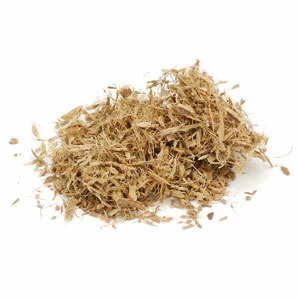
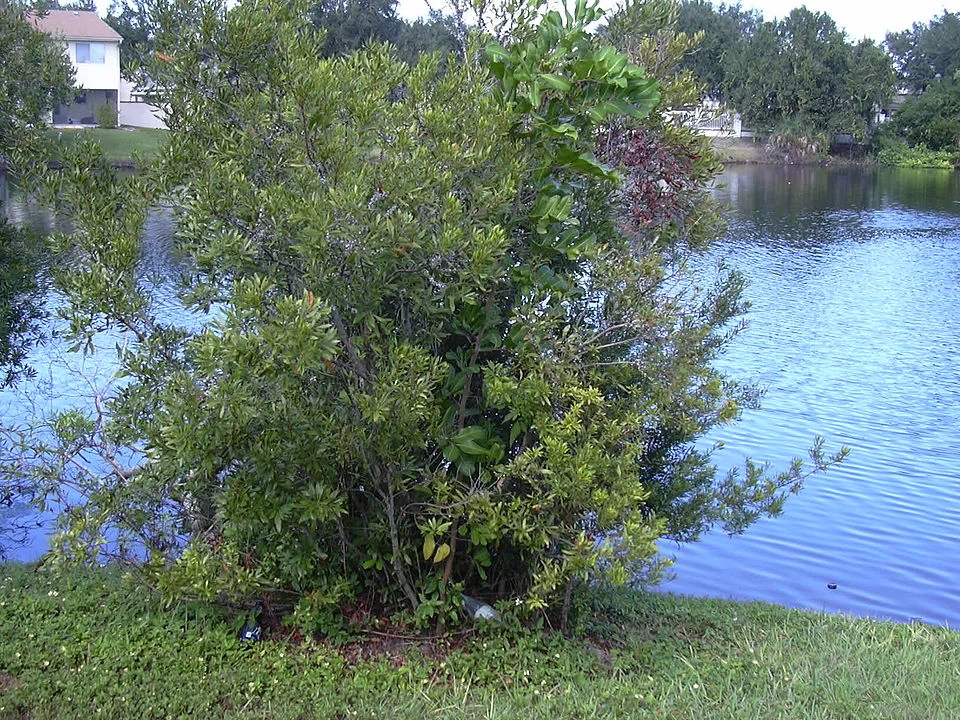
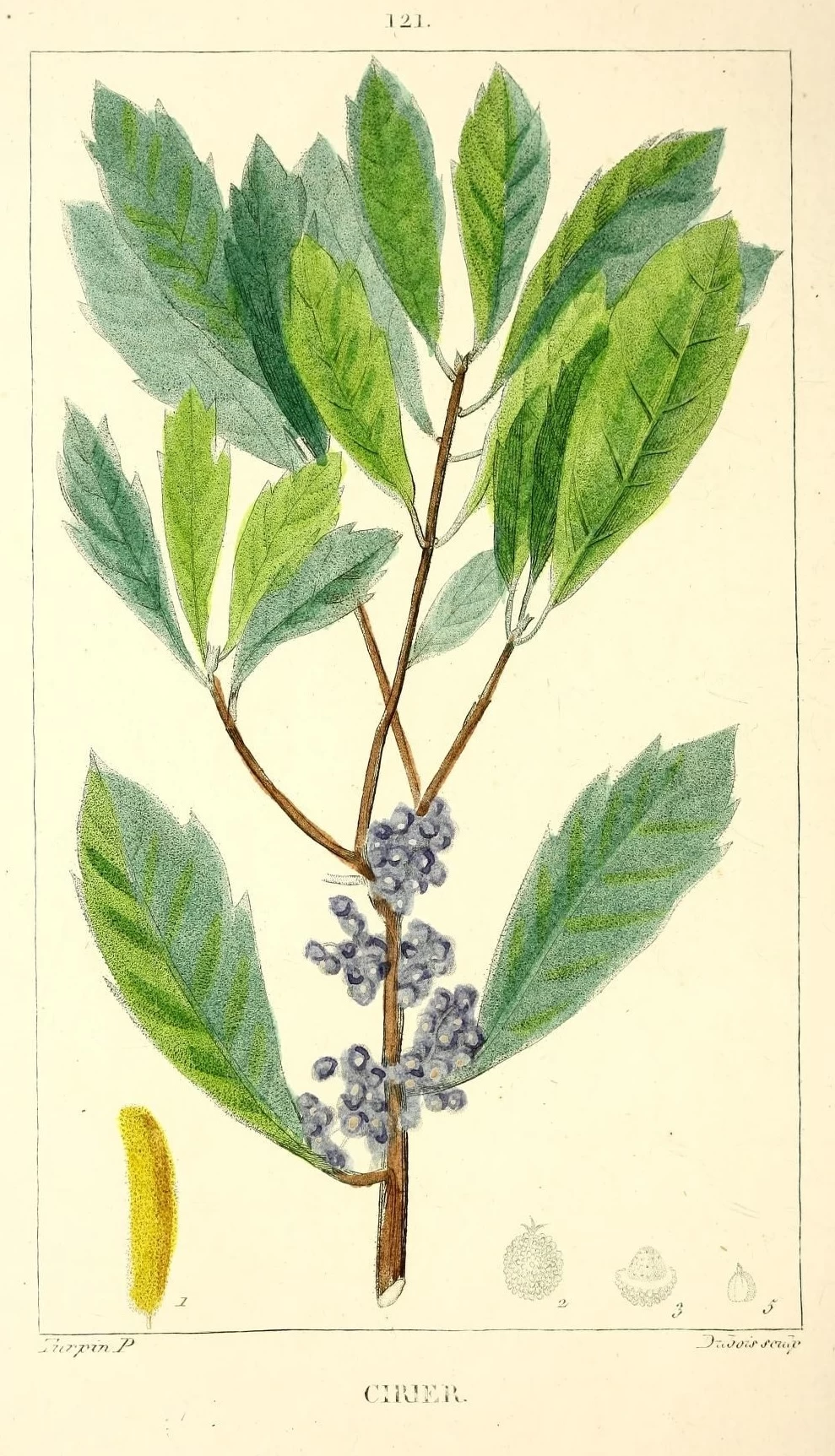


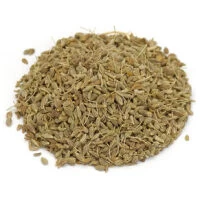
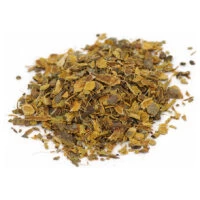

Reviews
There are no reviews yet.